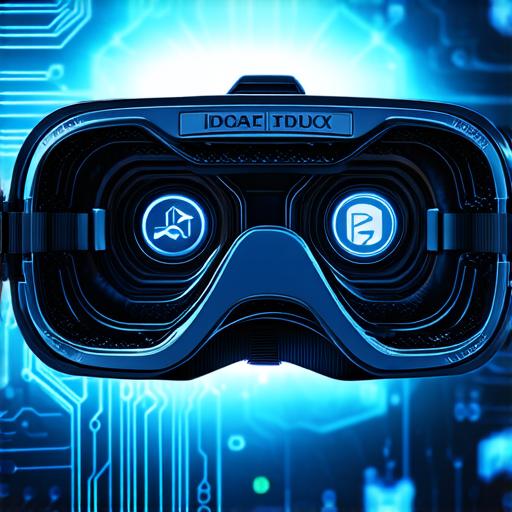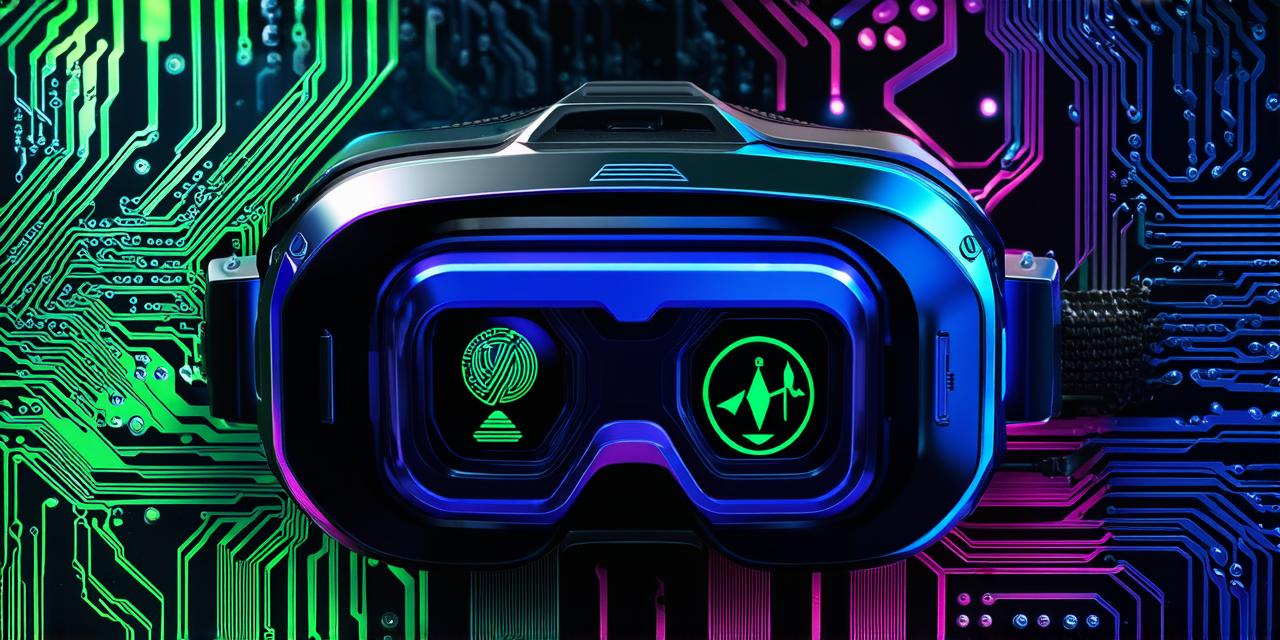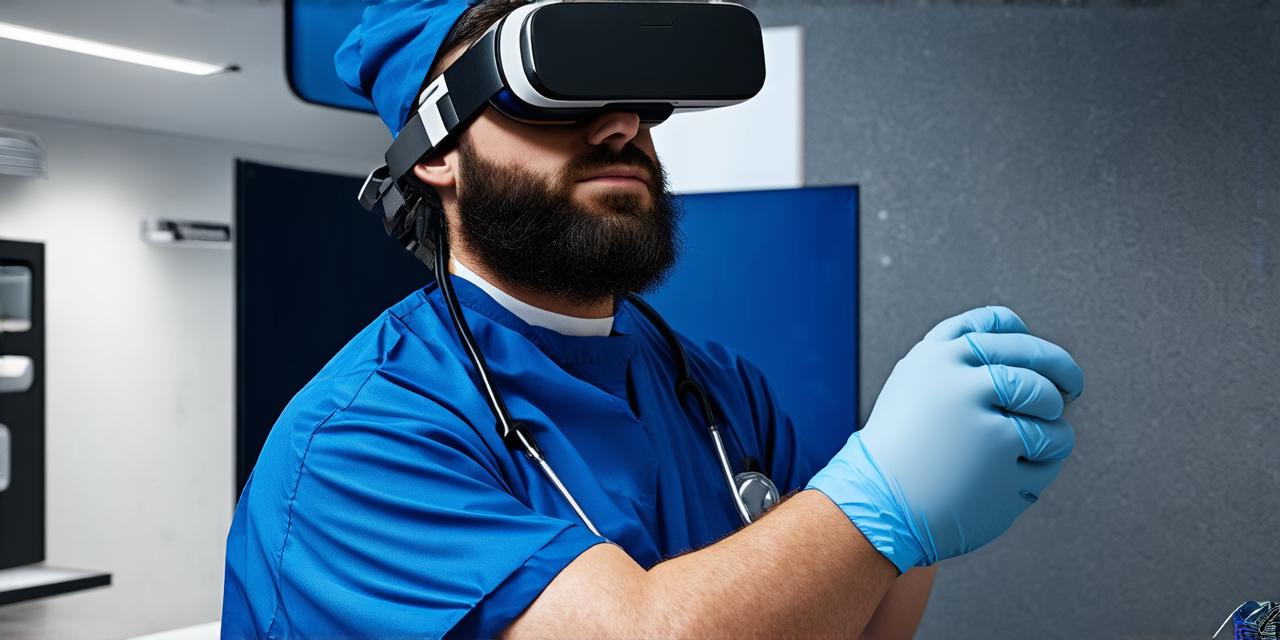Virtual reality (VR) headsets are becoming increasingly popular in a variety of industries, including gaming, education, and training. But what allows a VR headset to generate a three-dimensional environment? In this article, we will explore the technology behind VR headsets and how it works to create immersive and realistic experiences.
How VR Headsets Work
At the heart of every VR headset is a display device that projects stereoscopic images into the user’s eyes. Stereoscopic displays use two separate image streams, one for each eye, to create a 3D effect. This is known as stereoscopic display technology.
In addition to the display device, VR headsets also include sensors that track the movement of the user’s head. These sensors use infrared or ultrasonic technology to measure the distance between the user’s eyes and the display device. This information is then used to adjust the images that are displayed to the user, creating a more realistic and immersive experience.
One of the key components of VR headsets is the tracking system. The tracking system uses sensors to detect the position of the user’s head and adjust the images that are displayed accordingly. This allows the user to look around and interact with their virtual environment in a way that feels natural and intuitive.
Another important component of VR headsets is the input device. Input devices, such as controllers or handheld devices, allow users to interact with their virtual environment. For example, a controller might be used to grab an object or shoot a weapon, while a handheld device might be used to navigate through a maze or puzzle.
Case Studies and Real-Life Examples
There are many different types of VR headsets available on the market, each with their own unique features and capabilities. One popular type of VR headset is the Oculus Quest 2, which uses wireless technology to provide a more immersive experience. The Quest 2 also includes hand tracking, allowing users to interact with their virtual environment without the need for controllers.
Another example of a VR headset is the HTC Vive Pro Eye, which is used in professional settings such as gaming and education. The Vive Pro Eye uses a high-resolution display and advanced tracking technology to create highly realistic and immersive experiences.
Comparing VR Headsets to Other Technologies
While VR headsets are often compared to other immersive technologies such as augmented reality (AR) and 360-degree cameras, they are fundamentally different in terms of how they work. AR technology overlays digital information onto the real world, while VR creates a completely artificial environment that the user can interact with.
Similarly, 360-degree cameras capture images from all angles to create a panoramic view, while VR headsets use stereoscopic displays to create a more realistic and immersive experience.
FAQs
What are the key components of a VR headset?
The key components of a VR headset include a display device, sensors for tracking movement, and an input device for interacting with the virtual environment.
How does stereoscopic display technology work?
Stereoscopic display technology uses two separate image streams, one for each eye, to create a 3D effect. This is known as parallax, which is the difference in perspective between the two eyes.
What is hand tracking?
Hand tracking is a feature that allows users to interact with their virtual environment without the need for controllers. It uses sensors to detect the position of the user’s hands and adjust the images that are displayed accordingly.





